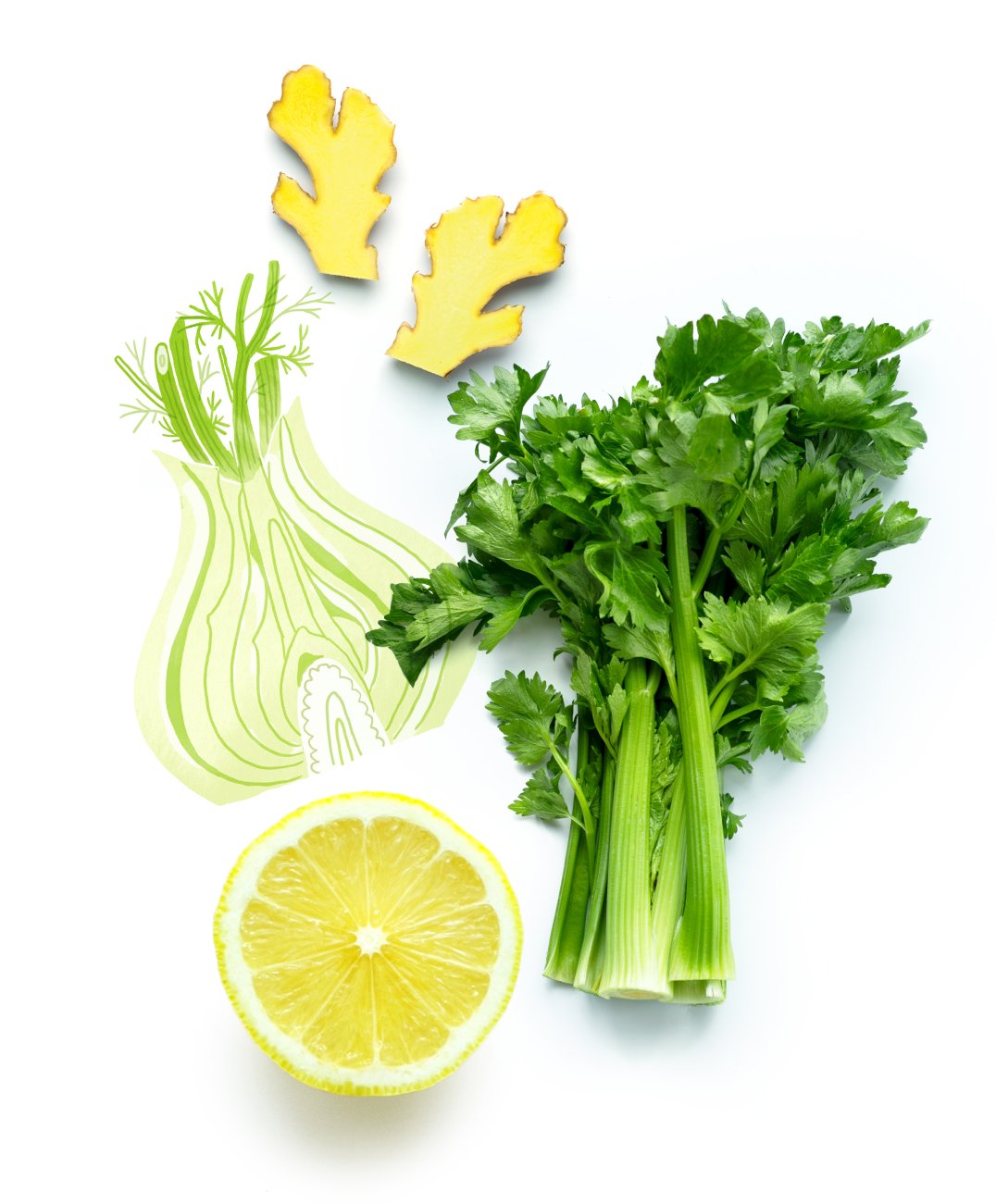Articles
Strengthen Your New Year with Healthy Habits
Why Reset in January?
January is the perfect time to reset and start fresh with your health and habits. By embracing the benefits of fruits and vegetables, you can create a foundation for a vibrant year ahead. Adding more fresh foods is also good for your gut and will help recharge your energy since you may be feeling depleted after the holiday rush.
JOIN OUR WINTER RESET ON JANUARY 27
By participating in our Winter Reset, you'll be inspired and motivated to enjoy more fruits and vegetables. Support and community matter—they provide a great way to stay accountable to your goals.
Each recipe in our 5-Day Winter Reset uses just three ingredients, with different ingredients for you to discover a variety of flavors and nutrients. By the end of the week, you will have consumed 15 varieties of fresh produce. You can also enter to win a Nama J2 by making the daily juice and following the prompts on our Instagram @namawell.
Get the Recipes + Shopping List
“January is a good time for a reset, because it’s when we naturally slow our schedules down after the holidays.” — Dr. Kailee Karst
“Usually there’s less travel and more time to dedicate to routines and daily practices, which makes it a perfect time to adopt new health habits,” says Dr. Kailee Karst, a physical therapist and co-author of Eating and Moving for Your Cycle.
The key is to start small. It’s not about getting to the gym seven days a week (unless that’s already part of your routine) or drinking only juice for the whole month. Start slowly and build your way back to healthier habits, whether that’s drinking one fresh juice a day or focusing on getting more quality sleep.
While you already know that eating these fresh foods is important, it’s easy to let your schedule or old habits get in the way of your goals. A reset helps you commit to eating more whole, plant-based foods so that you can feel your best.

One of the most impactful ways to reset is by incorporating more fruits and vegetables into your daily routine. You can make it fun by keeping track of your servings. The latest U.S. Dietary Guidelines for Americans specifies that you should aim to consume about two cups of fruit per day and 2.5 cups of vegetables per day. Of course, if you eat more that’s even better.
GET TO KNOW FRUIT + VEGETABLE SERVING SIZES
By knowing these serving sizes, you can see how adding a juice (or two) to your day can help you reach your goals.
- One medium-sized piece of fruit is about the size of your fist. So one medium apple, pear, or orange is about one cup of fruit.
- One large banana, a medium-sized grapefruit, or three kiwis are also about one cup of fruit.
- If you make a juice with one apple, one pear, and three kiwi, you’ll enjoy about three cups of fruit for the day. Or try adding one piece of fruit to your breakfast and lunch, and you’ll easily hit this goal.
- One large bell pepper, two medium carrots, one medium beet, two cups of raw leafy vegetables, or one large sweet potato will all be equal to one serving size of vegetables or about one cup.
- If you make a juice with one beet, two large carrots, and one large sweet potato, that’s equal to three servings of vegetables.

JUICE BENEFITS FOR YOUR HEALTH
Adding fresh juice to your diet is a delicious way to boost nutrition and stay hydrated, as it’s rich in water, minerals, and bioavailable nutrients. While some worry about sugar in juice, homemade, fresh-pressed juice delivers micronutrients and plant bioactives similar to whole fruits and vegetables, supporting vascular health and potentially lowering blood pressure.
Unlike many store-bought options, cold-pressed juices retain more vitamins and minerals without added sugars. Juicing a variety of fruits and vegetables can increase the nutrient diversity per ounce, which benefits gut health by supporting microbial diversity. Research shows that eating a wide range of plants, ideally more than 30 types per week, promotes a healthier gut microbiome, which aids digestion, produces essential nutrients, and positively affects overall health.
The consumption of fruit and vegetables contributes positively to bacterial diversity in your gut. Researchers have found that the frequency of fruit and vegetable consumption and the variety of plants consumed positively influences the amount of fruit- and vegetable-associated bacteria in the human gut.
You don’t need complicated recipes—just aim for variety to enjoy a full range of nutrients each day.

EXTRA TIPS FOR A RESET
Start Small
If you’re not used to eating a lot of fruits and vegetables, begin by adding one or two servings to your meals each day. Gradually increase your intake as you become accustomed to the changes. Remember to drink more water as you increase your fiber intake from fresh foods.
Mix It Up
Experiment with new recipes that highlight seasonal produce. Fruits and vegetables can be enjoyed in countless ways—raw, cooked, blended, or juiced. This versatility makes it easy to incorporate them into meals and snacks, keeping your diet exciting and flavorful.
Plan Ahead
Stock your kitchen with a variety of fresh fruits and vegetables. Be sure to keep fresh foods on the counter or at the front of your fridge so you remember to eat them. Meal prepping can help ensure you have healthy options on hand when cravings strike. You can prep cooked meals or make juices ahead of time.
- Choosing a selection results in a full page refresh.
- Press the space key then arrow keys to make a selection.



